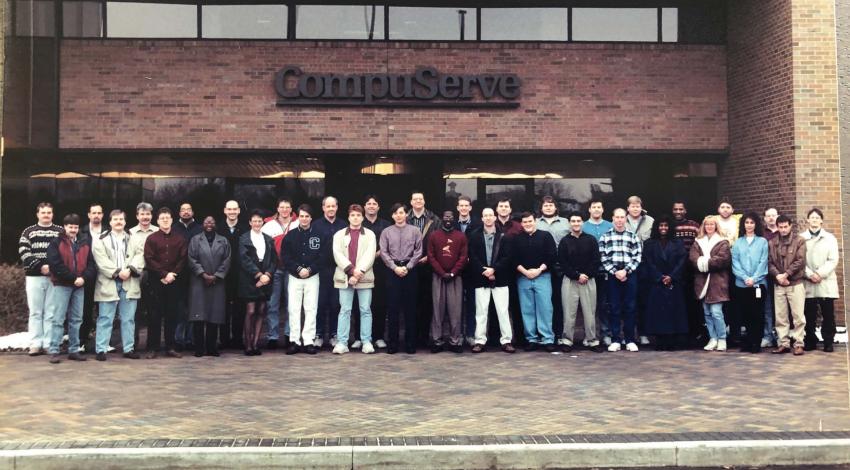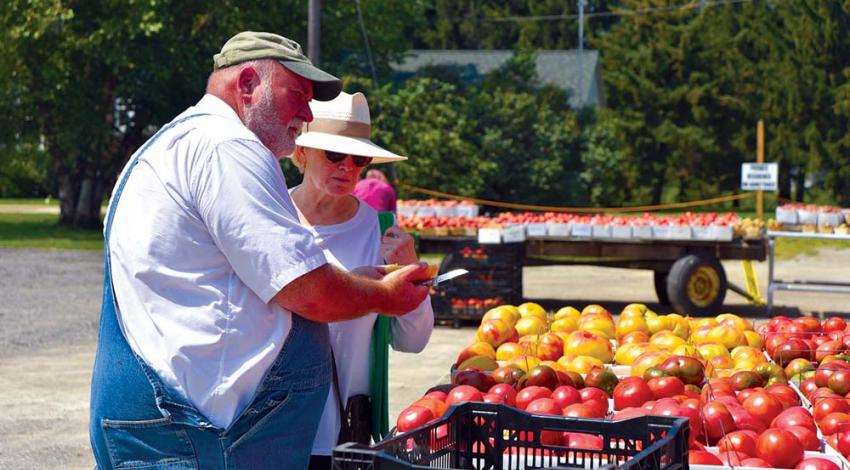The specialty crops on Lee Jones’ 350-acre farm are myriad: beets, peppers, tomatoes, carrots, tomatillos, honey, potatoes, corn, beans, squash, edible flower blossoms — the list numbers into the hundreds.
The pandemic, however, completely changed his business model. “We made a lot of lemonade last year trying to swing for base hits,” Jones says. “We had to, because we were desperate to keep the farm going and, most importantly, keep our team safe, fed, and employed.”
Jones says he’s proud to have kept 136 families gainfully employed through the pandemic. His family already lost one farm in the 1980s after a devastating hailstorm finished off what the 1980s American farm crisis had already begun, and so he was determined to make it work.
He did it in ingenious fashion.


















